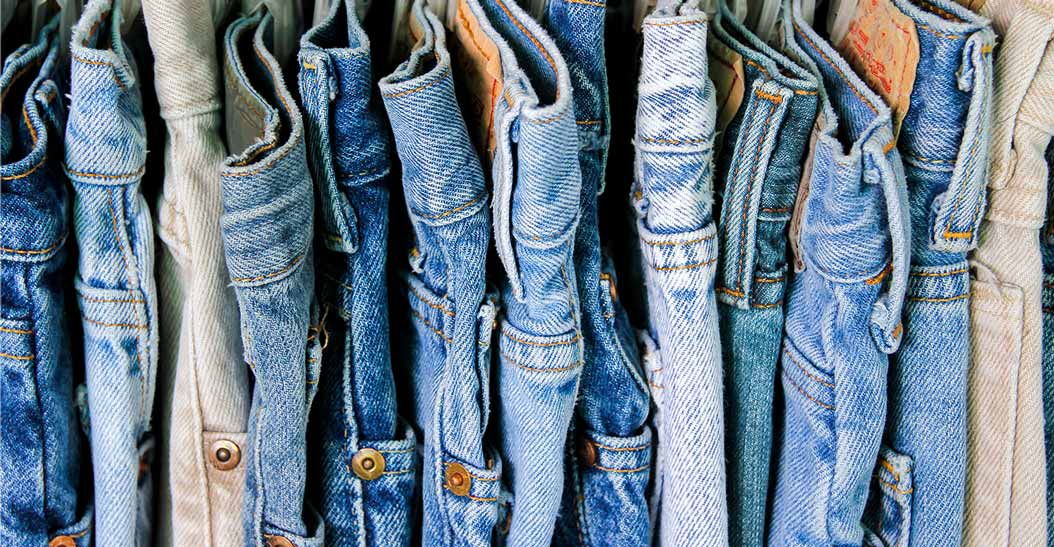Traceability
the path of a garment until the final consumer… and further
The path of a garment has become increasingly valuable and important for consumers. Understanding the origin of new pieces and the destination of the used ones is the so-called traceability, an important element that is linked to the sustainability of the fashion production chain.
The report The State of the Fashion 2022 explains that one of the trends in the sector is the creation and expansion of the “product passports”, a kind of data records of the products, where the final consumer can find the product characteristics, as well as its manufacturing details. Each stage of production is like a "stamp", guiding the final consumer about all the route and impacts that the garment has gone through to get there.
Traceability is necessary to increase the authenticity of brands, as well as their transparency with the consumer, who has the right to know about the product he or she is buying.
Traceability is the most real, original, and needed combination of digitization and sustainability in the textile industry.
To better understand about traceability, Garmon divides the lifetime of a garments, including denims and jeans, into 4 phases:
- the design
- the production
- the use
- the disposal
The design
The entire process of creation, idealization and design of a garment is important when it comes to its traceability. It is the “planning” phase of a denim garment. At this stage, designers and other stakeholders make important decisions that are going to be key to the entire traceability and sustainability chain.
For example, it is at this stage that the concepts of the origin of the raw material are defined:
Will it be made of traditional, organic, or recycled cotton?
Where are the raw materials produced?
What washing styles will be performed?
Will it be sold within the circular economy business model?
Defining these and other concepts early in the process of creating a denim garment is essential to the complete passport of this product with the right fingerprints.

The production
For the final consumer, the production is the most important step when talking about traceability. A multitude of elements can be considered in the production phase of a pair of jeans. Practically everything that has been envisioned in the design phase must be executed and proven in the production!
The most critical points when talking about the process are the environmental protection and the ethics of the manufacturers.
Are sustainable and certified chemicals really used in the production?
Were the garments, including jeans, produced with renewable energy sources and with less water than traditional process?
Where were they made?
Did the labor force produce it under proper working conditions?
These and other questions must be answered when it comes to traceability of production. If proven, all this elements can be communicated to the consumer with hangtags, QR Codes and other marketing actions that reports all about the production!
Producing a garment – denims, jeans, knits or other fabrics - requires resources: human and natural.
Regarding the reliability of the chemical resources and sustainability of the process, Garmon has launched the greenofchange® program and its hangtags, which demonstrate to the final consumer the benefits of using certified and more sustainable chemicals. In addition, the greenofchange® program clearly demonstrate the benefits of using more sustainable technologies, such as smart foam, which helps to produce with much less water and energy than a traditional process.
The use
We are so focused on the processes, that we often forget about the use! Use and reuse clothes to ensure that all the efforts to make them are worthwhile.
And still regarding traceability, let's not forget about the sustainability practices and working conditions of the retail stores where the garments are commercialized and shopped.
After purchasing a pair of jeans, remember also to home-wash in the most eco-mode possible, saving resources in all the life cycle of the garment. In "The Use" step, we, consumers, are responsible for the traceability and impacts of the garments we use!

The disposal
After reviewing the design, the production and the use, we might consider that we know all about the lifetime of the garment… but, with an old pair of jeans in our hands, what should we do?
With this question, a question comes up: how to monitor the traceability of a garment after it no longer belongs to you?
Recent news show dumps in deserts with millions of garments, including pants, shorts, shirts and other apparel pieces, incorrectly discarded in the nature. Have you ever thought if your garments are there, and you don't even know it?
Make sure to properly dispose your clothes or donate your old pair of jeans to those in need, after all, this is also a way to contribute to the circular economy and to the sustainability of the entire chain.
The story of your clothes does not end when they are no longer with you.
To conclude, we have seen that it is essential to keep the entire production chain of a garment traceable in order to be increasingly transparent and sustainable. Furthermore, we realized that everyone has an important role to play when it comes to traceability: designers, fabric producers, laundries, brands, retailers, and consumers!
To learn more about Garmon's traceability actions in the chemical supply chain, please contact us.